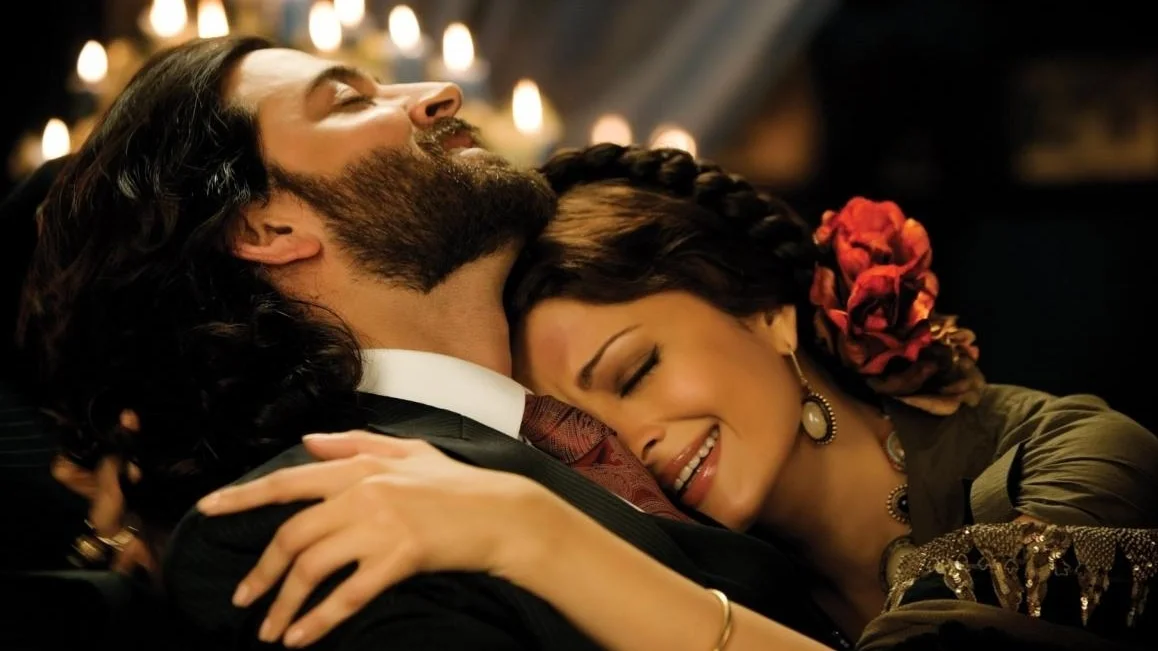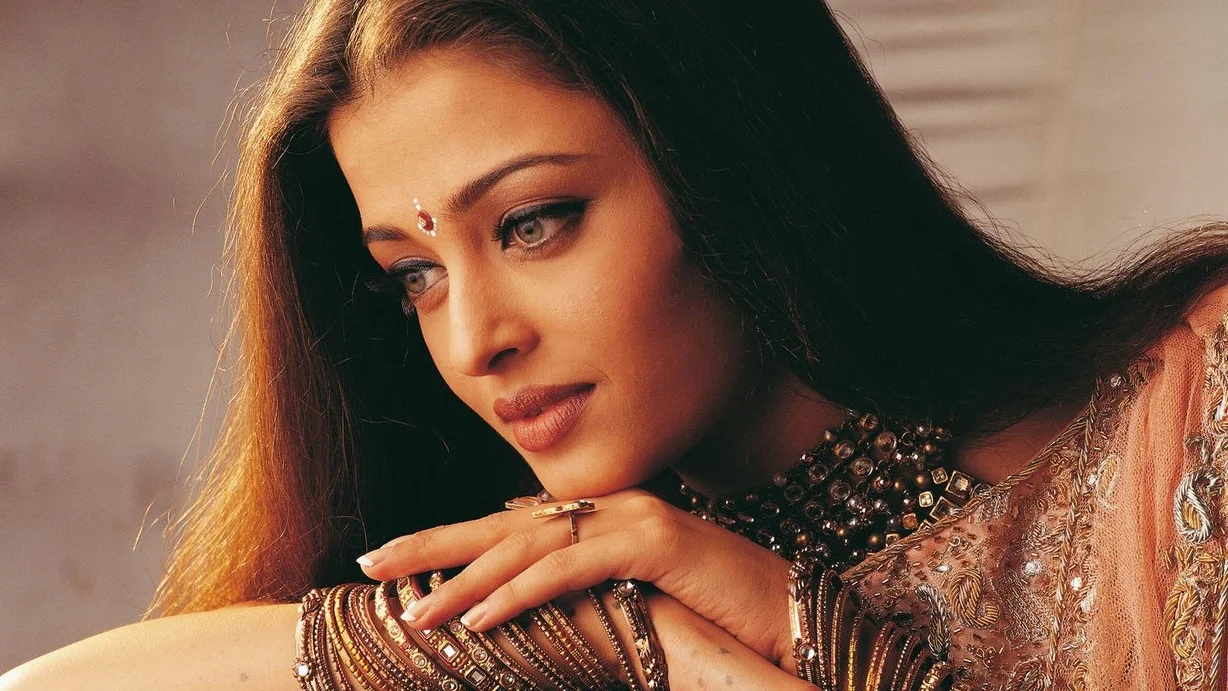The Films of Sanjay Leela Bhansali: Padmaavat (2018)
Indian auteur Sanjay Leela Bhansali has a new film coming out, the period drama Padmavati. Manish takes a look back at Bhansali’s career, spanning two decades and nine films.
After a long production, a controversial promotional tour, and a title change, Sanjay Leela Bhansali’s Padmaavat has finally reached theaters. Originally titled Padmavati, the period epic reunites the director with his current favorite actors Deepika Padukone and Ranveer Singh. The actors appeared in Bhansali’s previous two films: Goliyon ki Raasleela Ram Leela and Bajirao Mastani. Based on Malik Muhammad Jayasi’s poem, this film depicts the Rajput kingdom in the Mewar region of Rajasthan, India, and their efforts to defend themselves against Turkish-Afghani conqueror Alauddin Khilji. After all this anticipation, is Padmaavat actually a good film?
Alauddin Khilji (Singh) is the impulsive, ambitious nephew of the first Sultan of Delhi in the Khilji dynasty. He plots to take the crown from his uncle after marrying the Sultan’s daughter Mehrunisa (Aditi Rao Hydari). Meanwhile, Rajput king Ratan Singh (Shahid Kapur) travels to the forests of Senghal to find rare pearls for his first wife Nagmati (Anupriya Goenika). He is wounded by accident by the princess Padmavati (Padukone) and marries her after a brief flirtation. He takes her to his fort in Chittor. When Alauddin hears of Padmavati’s enchanting beauty, he becomes obsessed with conquering Chittor and capturing its new queen.
The legend of Padmavati is famous in the state of Rajasthan. Her sacrifice for her kingdom is powerful and she is worshipped as a Goddess Queen. Padmavati and the other Rajput women commit jauhar, ritual suicide in the face of imminent capture. These women chose to set themselves on fire rather than be killed, enslaved or raped. The practice is illegal now, and depictions are considered problematic for its patriarchal implications and possible glorification of honor suicide. In my opinion, the film respects Padmavati’s courage, pride, and poise through its direction and framing, without exalting the jauhar act itself.
Even before the intense climax, Padmaavat is a sight to behold. The film looks stunning frame by frame. Bhansali brings back Bajirao Mastani cinematographer Sudeep Chatterjee, whose compositions, lighting, and camerawork are superb. Whether it’s a swordfight shot almost entirely in a long take or the contrasts between the Rajput fort in the desert and the blues and silvers of the Delhi palace, Chatterjee’s work is to be admired. Naturally, the costumes and art direction are detailed and gorgeous. The musical numbers are filmed with precision and energy, especially the traditional Ghoomar dance and Alauddin’s celebratory track.
Deepika Padukone is commanding and graceful in the title role. Her regal stature and confident delivery is inspiring, but Padukone reveals a fire behind the queen’s eyes. Her relationship with the Rajput women is one of solidarity; they rally behind her as their leader for her wisdom and composure in the face of terror. The unity between the women makes the climax haunting and compelling. Padmavati even forms a brief but important bond with Alauddin’s wife, Mehrunisa. The Delhi queen acknowledges Alauddin’s obsession as a vicious crime, and puts her morals above loyalty to her husband to help the Rajputs.
Ranveer Singh’s Alauddin is wild, ferocious, impulsive, and unpredictable. He makes the villain deliciously irredeemable and crackling. Historians claim this portrayal is inaccurate, especially the queer implications between he and his loyal eunuch-slave Malik Kafur (Jim Sarbh). Bhansali and his frequent co-writer Prakash Kapadia picked and chose historical elements to craft an unrelenting and unique characterization. Shahid Kapur by contrast is virtuous and righteous, the picture of moral fortitude and strength. His performance highlights his immense respect for integrity and valor, though with some humor and heart. Ratan’s romance with Padmavati is pure but lively; alternately Alauddin is lustful and unquenchable.
Padmaavat flirts with Rajput pride leading to their downfall. I don’t think Padmaavat goes so far as to criticize the Rajputs, but I also don’t think the film leaves their decisions unquestioned. I’ve only seen the film once, and I’ll need some more viewings to catch all of Bhansali’s symbolic imagery. Sanjay Leela Bhansali’s films require time to unearth their meaning, and I am sure Padmaavat is the same. The film is doing well both in India and abroad, making the top ten at the U.S. box office on opening weekend. After such a long journey to the screen, Padmaavat is a fascinating, striking film.
Padmaavat is now playing in 3D and IMAX 3D in select theaters.













